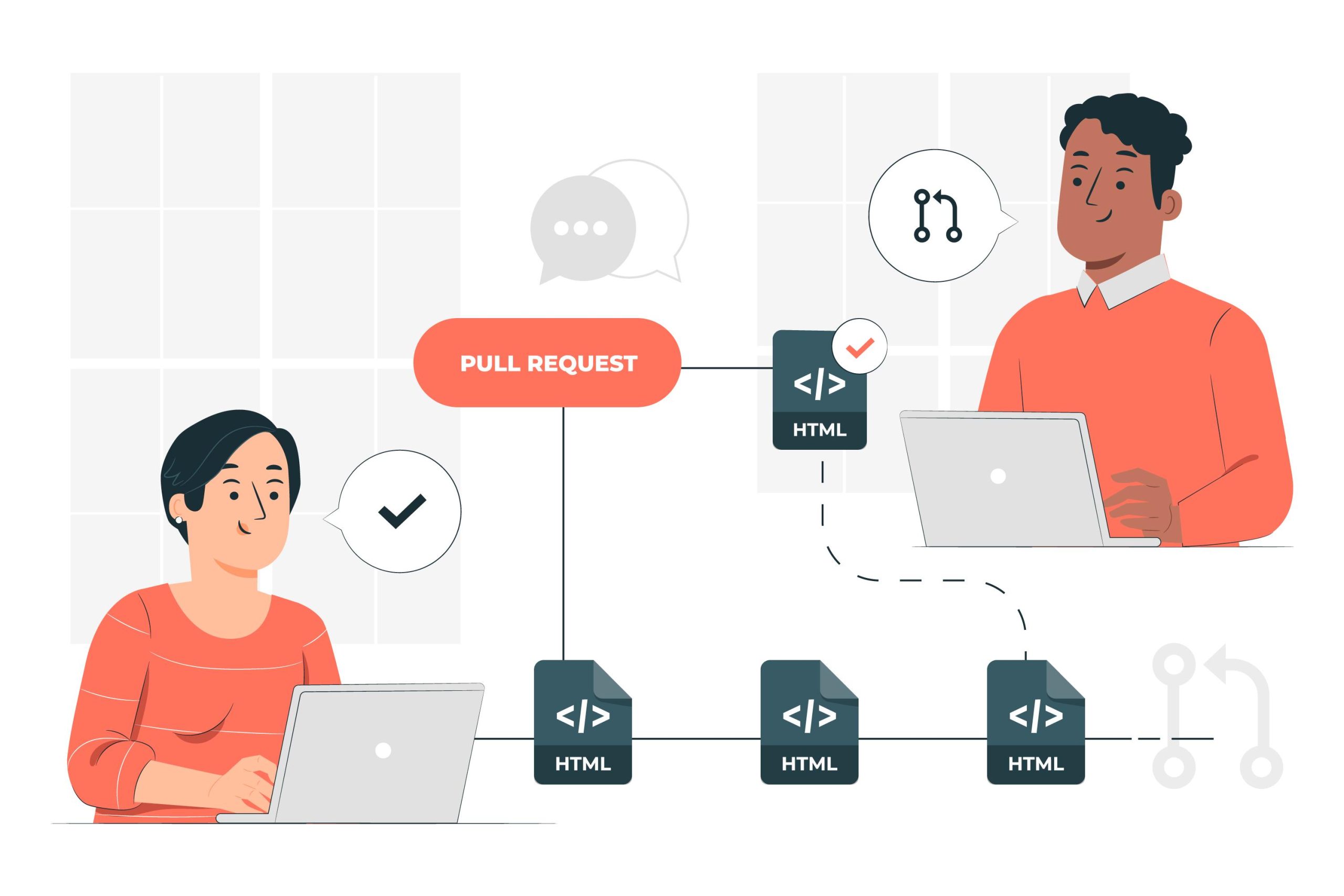With the rise of remote work, the concept of improving remote communication for technical teams has become increasingly essential.
The correct technology can significantly improve remote communication, enabling collaborative environments that foster productivity and innovation.
But, how does one choose the right tools amidst the sea of options, and how to use them effectively? Let’s dive in and decrypt this enigma.
Understanding the Importance of the Right Technology
In the remote working setup, clear and efficient communication is the fuel that keeps the team running.
Whether it’s a quick update, brainstorming session, or celebrating the launch of a new product, when team members are not physically present, the effectiveness of these interactions can be affected.
The right technology can recreate office-like communication efficiently, mimicking the spontaneity and clarity of face-to-face interactions.
The choice of the tech depends on various factors like the type, size, and location of the team, the nature of the tasks, and the tech comfort level of the team members.
- Video conferencing tools bring the visual aspect of communication, improving understanding and rapport.
- Instant messaging platforms mimic spontaneous office chats, promoting better interoperability.
- Task management tools track the progress and keep everyone in sync.
- File-sharing tools make collaboration easier and more efficient.
“Productivity is never an accident. It is always the result of a commitment to excellence, intelligent planning, and focused effort.” – Paul J. Meyer.
By integrating appropriate technology, teams can augment productivity, reduce misunderstandings, make the work environment more inclusive, and maintain a cohesive culture, all while working miles apart.
Five Go-To Tools for Remote Communication
While every team has its nuances and unique demands, certain tools have found wider acceptance due to their robust features and user-friendliness. Here is an enumeration of such tools:
1. Zoom: Known for its superior video call quality and ease of use, it’s excellent for virtual meetings and webinars with an option for recording sessions.
2. Slack: A popular messaging platform that allows for organized conversations in separate channels, personal chats, and integration with other collaboration tools.
3. Jira: A comprehensive project management tool famous among tech teams. It helps in planning, tracking, and releasing software, and provides insightful reports.
4. Confluence: A collaborative documentation tool that serves as a single source of truth for the team. Used along with Jira, it can significantly improve the team’s productivity.
5. Google Drive: A simple yet robust cloud storage solution for sharing and collaborating on files.
FAQs on Improving Remoting Communication for Technical Teams
Can I use a single tool to manage all communication?
While some tools offer multiple functionalities, having specialized tools for different aspects like chats, video calls, task management, etc., can cover the nuances better.
What should be the primary consideration while choosing a tech tool?
The comfort level of the team members with the tech. Tools are there to aid communication; if they are too complicated for team members, they might hamper communication instead.
What if the team is dispersed geographically and works in different time zones?
Asynchronous communication tools (E.g., Slack and Jira) are preferable where not all team members work simultaneously. They keep track of all discussions and an employee can catch up when they start their work.
How should the communication etiquette be in remote teams?
The etiquette essentially remains the same – being respectful, responsive, and clear. The tool must be used judiciously. For instance, a quick question could be put up in chat while a detailed discussion belongs in a meeting.
Case Study: How a Tech-Startup Improved Its Remote Communication
Zapier, an American tech-startup with over 300 remote employees, has entirely relied on digital communication since its inception. Confronted with gaps in their communications, they specifically chose tools like Slack for instant messaging, Trello for project management, and Zoom for video calls.
The results effectively improved coherence among teams and increased productivity. By incorporating the tech that best suited their needs, the teams could better coordinate, meet their timelines, and deliver outstanding customer service.
- The Agentic Startup Manifesto - June 8, 2025
- Remote Hiring in 2025 - April 5, 2025
- Burnout in Remote Teams: How It’s Draining Your Profits - January 27, 2025
